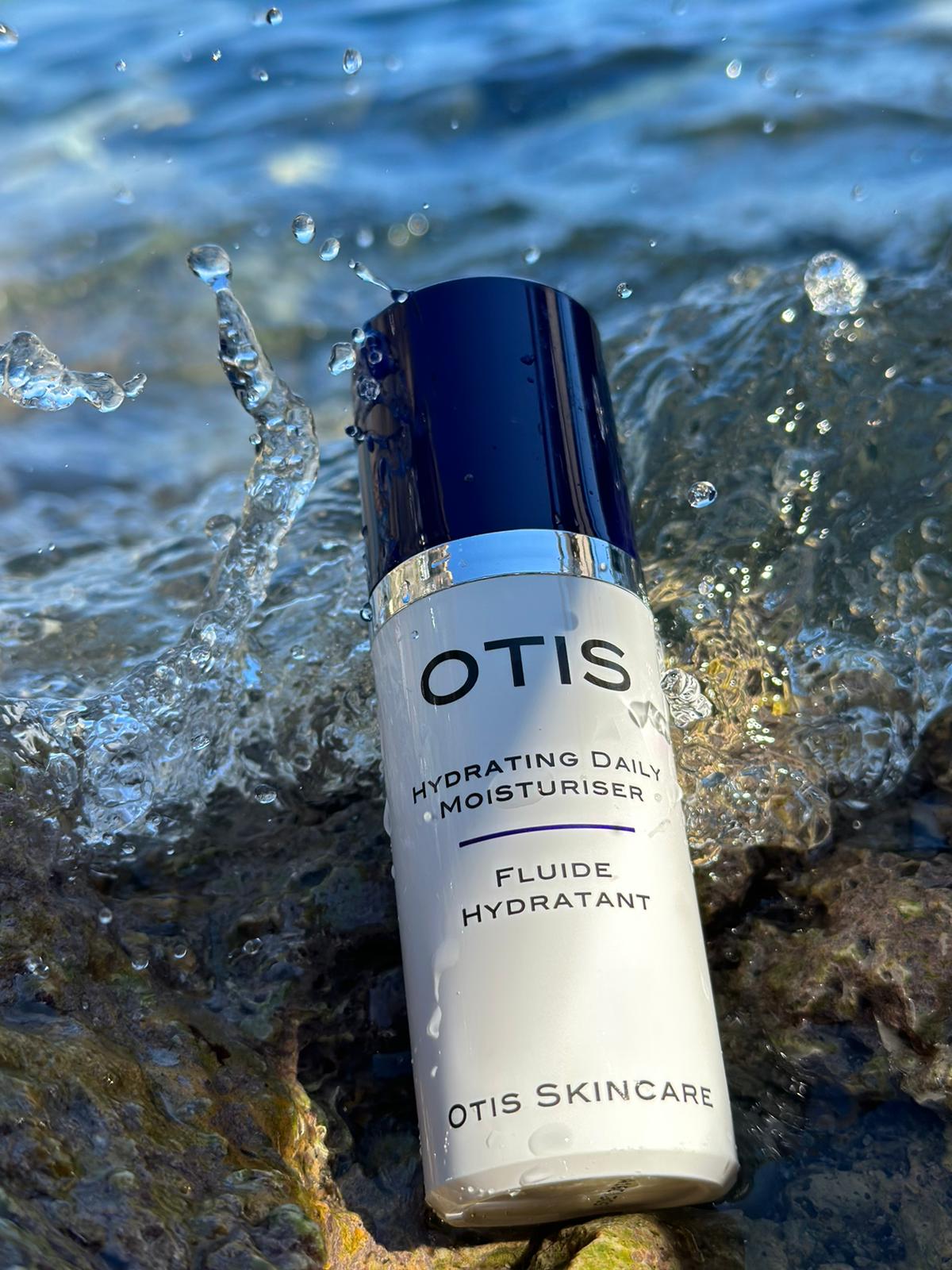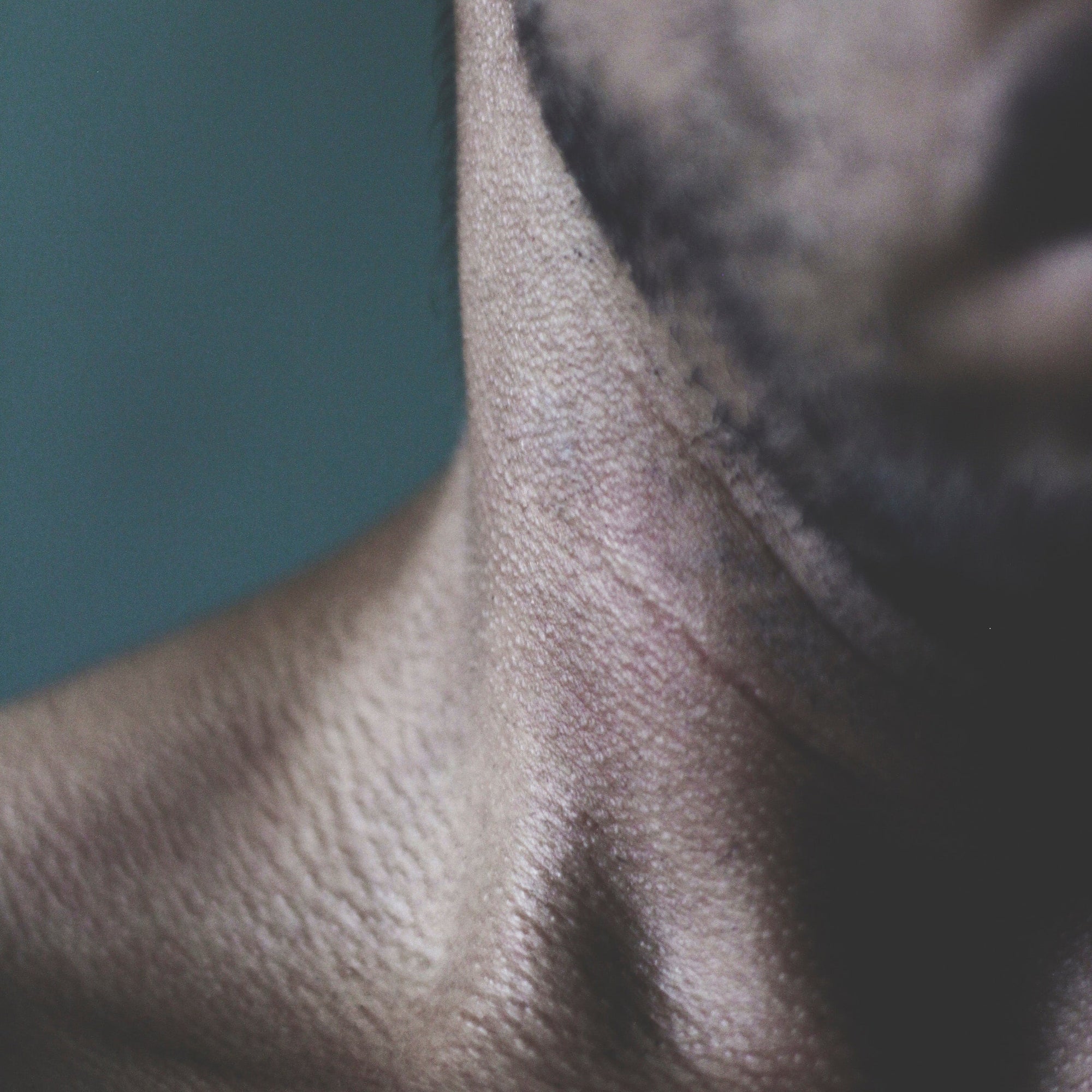Whether you spent your summer chilling in Capri or kicking back in your backyard, chances are your skin is showing the effects of the sun’s rays.
Even if you managed to avoid burning, once your golden tan starts to fade your skin can feel dry, flaky and rough - with an uneven skin tone.
A little TLC is needed!
Now we want to get your skin back into smooth, healthy shape again.
Read on for a plan to do just that …

The sun is not your skin’s friend!
Now you probably know this already, but you might not know how much damage the sun can do.
To start with…
- The sun dries out your skin and depletes the levels of essential fatty acids - leaving you face looking dry and flaky with uneven skin tone.
- Sun exposure also slows down the rate of skin cell renewal. This causes a build-up of old, dead skin cells that result in dull, congested skin.
And it gets worse…
-
Sun damage can destroy collagen and elastin – giving you premature wrinkles and sagging skin.
Collagen is the protein that keeps your skin looking young and While elastin is the support fibre that lets your skin bounce back.
And sun damage can cause both of these to break down.
This degradation leads to the tell-tale signs of premature skin aging – with fine lines and wrinkles - because your skin has lost its firmness and elasticity. - And one of the most long-lasting signs of sun damage is dark spots and uneven pigmentation.
If you’re not wearing sunscreen UV light triggers excess melanin production in order for your skin to protect itself.
The excess melanin is produced unevenly and can concentrate in small areas, causing stubborn dark spots.
Much Better to Fake It
If you want a golden glow, the safest way to achieve it is a fake tanning lotion.
The best ones deliver a natural, beautiful, even colour – without the risk of burning – and with no damage to your skin!
I personally love ‘Isle of Paradise Self-Tanning Drops’. They’re available for face and body, come in three different shades - and are absolutely foolproof!
And rumored to be responsible for Ryan Gosling’s tan in “Barbie: The Movie”.

But for now we want to rehydrate your skin at the end of this summer - and get it back into healthy shape again…
ACTON PLAN: How to rehydrate sun damaged skin
1 | Exfoliate
Sun damage slows down cell renewal.
And you can end the summer with a build-up of old, dead skin cells making your face look dull with congested skin.
Exfoliating away these dead cells evens out your skin tone and leaves your face looking smooth and glowing.
It also accelerates cell renewal and stimulates your skin’s natural repair mechanism. Both of which are compromised by the sun.
Exfoliating will give an instant improvement to the look of your skin. The texture of your face will look smoother, your pores will appear smaller and it allows for better absorption of your moisturizer. So your skin can take on the necessary hydration.
The best way to exfoliate is gently!
And the gentlest way is with a chemical exfoliator. One that dissolves and unglues the dead cells from the surface of your skin.
We recommend our Daily Face Wash which includes Lactic Acid, a mild chemical exfoliator.
Daily Face Wash gently exfoliates and thoroughly cleans your face removing oil and dirt, in one step. And it’s so gentle you can use it twice a day, even if you have sensitive skin.
Exfoliating Face Wash for Smooth, Clear Skin
$31.00
For more on exfoliation, we’ve got your questions covered here –
- Your Ultimate Guide to Exfoliation: FAQ's
- Best Way to Exfoliate Your Face For Instantly Glowing Skin
2 | Moisturise – especially around your eyes
The sun can dry out your skin in a big way.
And dry skin looks older!
When your skin’s dehydrated it exaggerates all the signs of ageing. Dry skin accentuates fine lines and facial wrinkles, and gives you a dull, grey complexion.
Using a moisturizer twice a day will rehydrate your skin, counteracting this dryness and reducing wrinkles – and getting your skin back into smooth, healthy shape.
The best moisturisers include ingredients that lock in moisture, like Glycerin and Hyaluronic Acid – the gold standard of hydrating ingredients.
Our Hydrating Daily Moisturizer includes these excellent anti aging ingredients, along with :
- Jojoba Oil to nourish and regenerate your skin
- Vitamin E to improve the texture of your skin
- D-Panthenol to calm and reduce any redness, and
- Aloe Vera to soften and soothe.
It’s also extremely light, absorbs easily, and can be used day or night without leaving your face looking greasy.
Best Moisturizer for Smoother, Firmer Skin
$62.00
Hydrate around your eyes
The skin on your lids and around your eyes can be one of the first places that sun damage starts to show. And UV exposure can leave you with droopy lids and dark shadows.
To re-hydrate and keep your eye area looking fresh and awake – smooth on an anti aging moisturiser.
There’s no need to use a separate eye cream.
Hydrating Daily Moisturizer is light enough to be applied to the delicate skin around your eyes and because it absorbs easily, without the need for excessive rubbing, you won’t pull on your skin either.
Just apply one pump of moisturizer to your fingertips, then tap gently around your eyes.
It will also help to prevent dark circles and puffiness, smoothing and nourishing the whole eye area.
Read more here:
- Getting Rid of Under Eye Wrinkles
- How to Get Rid of DARK CIRCLES Under Your Eyes: 7 Targeted Skin Care Tips
3 | Reboot with peptides
The sun plays havoc with the production of collagen and elastin in your skin.
And you need collagen and elastin to keep your skin looking smooth and firm, and able to bounce back.
Unprotected sun exposure also diminishes your skin’s hyaluronic acid content, making it feel dry as well.
So what to do?
Well peptides are the answer.
Peptides show proven results in combatting all the signs of aging.
Ramping up your skin’s collagen production, reducing fine lines and wrinkles, improving elasticity and firming your skin.
But that’s not all…
They also encourage re-hydration.
Matrixyl – the peptide in our Hydrating Daily Moisturizer – boosts your skin’s production of Hyaluronic Acid. Leaving your skin looking smoother and softer too.
And, unlike retinoids, peptides do all this without causing irritation.
So Hydrating Daily Moisturizer helps diminish wrinkles, increases hydration levels – and returns your skin to looking smoother and firmer again.
We’ve got more on peptides here:
4 | Eat healthily
Eating healthily is always going to have a good effect on your skin.
And there’s evidence a healthy diet can improve the appearance of sun-damaged skin and help to reduce UV damage.
Foods rich in
- omega-3 fatty acids
- protein
- antioxidants
- and vitamins
help your skin fight off the free radicals that cause damage. As well as increase collagen growth and reinforce your skin’s protective barrier.
The result is firmer, smoother skin – and less inflammation.
Try to include lots of omega-3 fatty acids found in:
- salmon,
- sardines,
- walnuts
- and flaxseeds.
And healthy fats from:
- avocados
- and olive oil.
All fruits and veggies are packed with vitamins and antioxidants, but the best are the most colorful, like:
- blueberries,
- bell peppers,
- tomatoes,
- spinach,
- sweet potatoes,
- carrots,
- oranges and lemons.
At the same time try to reduce foods like sugar and refined carbohydrates, which increase inflammation and lead to wrinkles.
By a process called glycation sugar accelerates premature skin aging, resulting in reduced skin elasticity, fine lines and skin sagging.
You can read more here:
- An A-Z of the Best Anti Aging Foods for Men
- Get Healthy, Glowing Skin With These 9 Plant Based Foods
- 11 Best Vitamins & Nutrients for Smooth Skin and Healthy Hair
- How a High-Protein Diet Can Make You Look Younger
Supplements to Repair Sun Damage
Nutritional supplements can help as well.
Research shows that supplementing your diet with a specific probiotic (La1) along with carotenoids can reduce early skin damage caused by sun exposure. And potentially stop signs of premature aging from the sun.

And finally here’s a few things to be aware of.
What you need to know about the sun and your skin
- Everyone is susceptible to sun damage. Unprotected sun exposure causes skin aging and skin cancer, whatever the colour of your skin. It just shows up sooner in fairer skin.
- Sun damage can happen in less than 20 minutes on unprotected skin – especially if your skin is fair – even if the damage isn’t evident at the time.
-
Preventing damage is the best way to go. You can treat the visible signs of sun damage, but cellular damage cannot be undone.
That’s why you always need to wear sunscreen outside – even on cloudy days - so…
Start With Prevention
The only sure fire way to prevent sun damage…
Is to avoid it in the first place.
And that means:
- Wear sunscreen every day. Even on cloudy days – and even if you’re not lying out in the sun. Find one with an SPF of at least 30, that feels good on your skin, and make it a daily habit. The key is to use enough of it - and reapply regularly. The American Academy of Dermatology recommend reapplication every two hours.
- Minimise sun exposure. If the UV index is high try to limit the time you spend in the sun.
- Cover up. Wear sunglasses and a hat. And look into UV-protective clothing if you have to spend a lot of time in the sun.
- Avoid tanning beds!
Professional Treatments for Sun Damaged Skin
If you’re really concerned by the signs of sun damage on your skin - particularly dark spots - there are professional treatments that can help reverse them.
Talk to your dermatologist about what’s best for you, but one of the most effective is laser treatment.
How does a laser reverse sun damage?
Your dermatologist uses a powerful, concentrated beam of light (the laser) which is able to pass through the top layer of damaged skin. It can then target melanin in the base layers, the pigment responsible for dark spots.
The laser breaks up the unwanted pigmentation which is then reabsorbed by the body – leaving your skin looking clear and even toned.
FAQ’s
What is UV radiation and how does it damage your skin?
UV radiation is part of the light spectrum that emanates from the sun and hits the earth.
It’s classified as UVA and UVB rays. Both types of UV damage the skin but in different ways.
UVA (longwave) rays penetrate deep into the skin and cause DNA damage. While UVB rays are responsible for sunburn, turning your skin red and inflamed.
Can You Undo Sun Damage?
In terms of the aesthetic aging effects of sun exposure it is possible to reverse some of the damage.
A skincare routine that exfoliates, rehydrates and repairs your skin (like the one above) can make a real difference to the look and feel of your skin after sun exposure.
How does the sun cause uneven skin tone?
One of the most obvious signs of sun damage is dark spots and uneven pigmentation.
This is down to the behavior of melanin in your skin. Melanin is the pigment that gives your skin its colour.
If you’re not wearing sunscreen the UV light from the sun triggers excess melanin production in order for the skin to protect itself.
This excess melanin is produced unevenly and can concentrate in small areas, causing dark spots.
UV rays can also cause stretching of the small blood vessels – leaving fine red veins visible on your face.
The Takeaway
Whatever you did this summer, the sun has probably left its mark on your skin.
And now’s the time to take action.
A time to rehydrate and reinvigorate your skin. From dull, dry and flaky back to smooth, firm and healthy.
These four steps will get your skin back to glowing health again ….
- Exfoliate
- Moisturise
- Reboot with peptides
- Eat healthily
SHOP THE ROUTINE.
All you need to stay looking handsome.
PRESTIGE SKINCARE FOR MEN.
MADE IN FRANCE.





